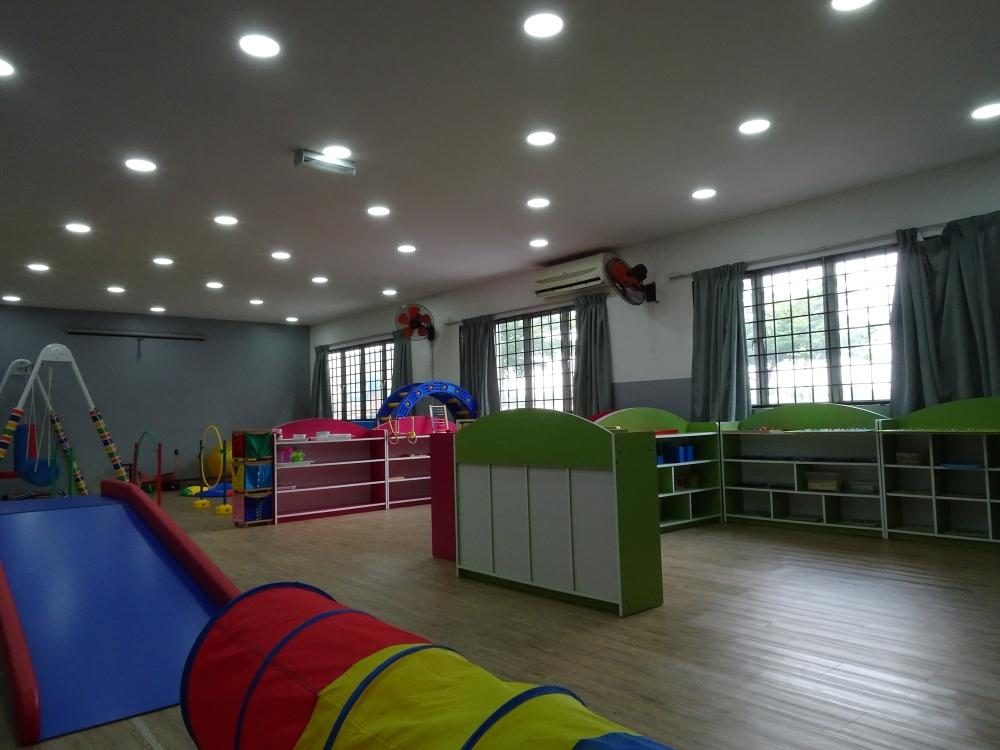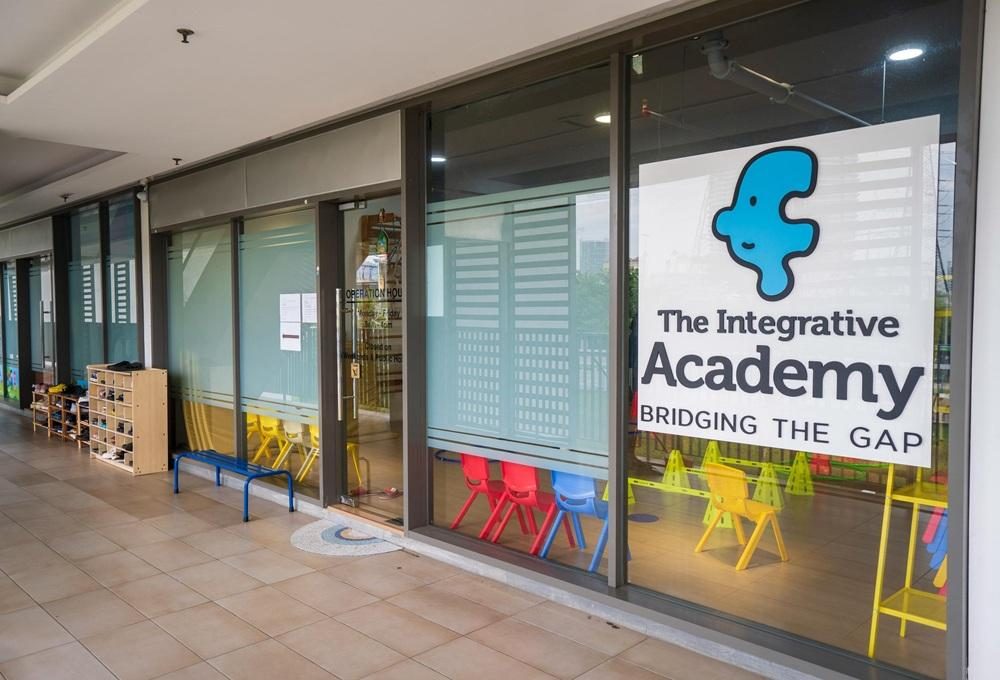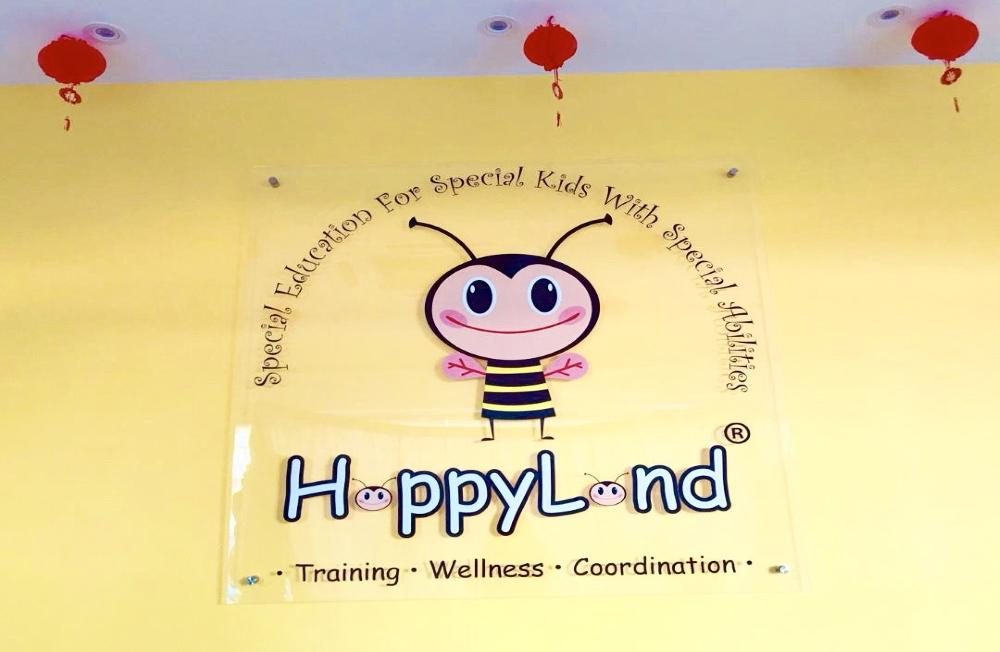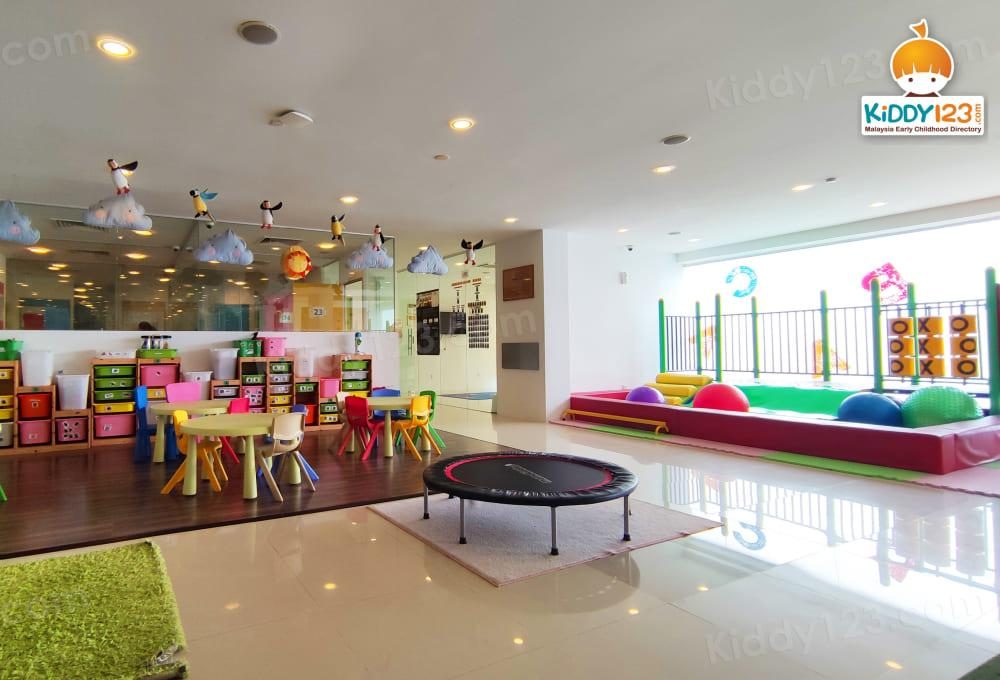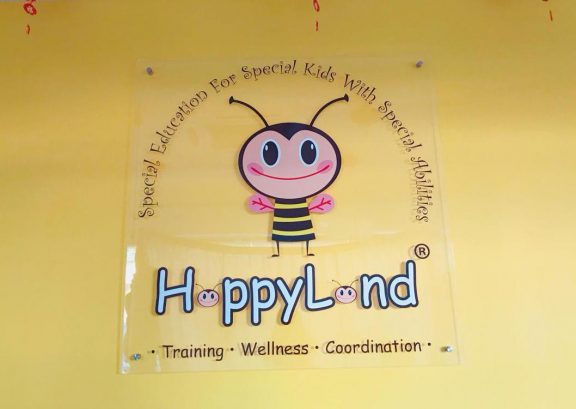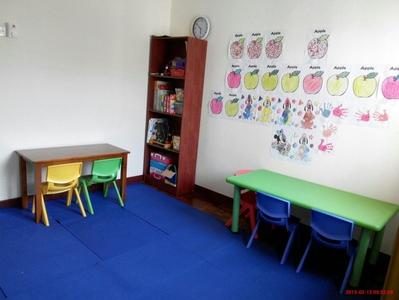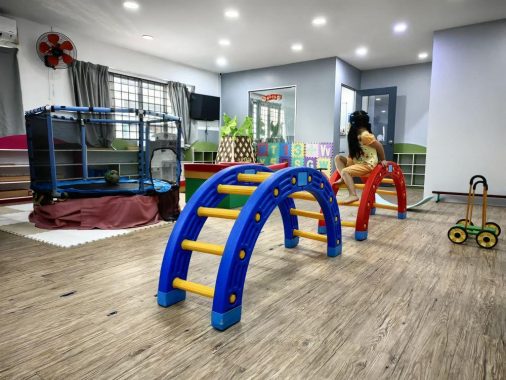Can You Tell the Difference Between a Tantrum and a Meltdown? | Ask an Expert
by on 05/07/2025 ...

Sometimes people use the terms ‘meltdown’ and ‘tantrum’ interchangeably. But they’re two different things. It’s important to know the differences, so that you can use the right tactics with your child.
For this article, we’ve enlisted the help of experienced special educational needs teacher, Sangeetha Selvanathan, who has plenty of real-world knowledge in the topic and expert tips to offer.
What’s a Tantrum?
A tantrum is an outburst when a child is trying to get something they want, but not necessarily need. “Children who have tantrums have control over their behaviour as these outbursts are intentional. They are aware of their actions,” explains Sangeetha.
Tantrums are a result of a learned behaviour. “When a child displays undesirable behaviour (such as kicking or crying) and is rewarded with something the child wants, the child will typically repeat the behaviour,” she adds.
What’s a Meltdown?
A meltdown is a loss of behavioural control when a child is feeling overwhelmed.
“If a child is experiencing sensory overload, it can be very hard for the child to process what’s happening around her or inside her. The child is likely unaware of the outburst, resulting in a genuine difficulty for the child to control her behaviour,” Sangeetha says.
Physiological factors that cause meltdowns can be divided into two categories:
i) External factors, such as when a child is in a crowded or noisy place for too long, or when the child is exhausted after a field trip
ii) Internal factors, which includes things like headaches, hunger, or lack of sleep
Children with intellectual and developmental disabilities (IDDs), autism, ADHD, or learning difficulties, may experience more meltdowns than tantrums.
“Children with IDDs often have sensory processing difficulties. A child who is hypersensitive when processing the sense of sound may feel overwhelmed in movie theatres, or at a crowded mall. What may seem like the optimal volume to us, may sound amplified to them,” she illustrates.
The Difference Between the Two

Meltdowns and tantrums may look really similar from the outside, but are very different internal experiences for the child. The two require separate approaches.
“The main difference I tell parents is the antecedent (what happened prior) to the behaviour. Try and think about when and how it all started. Was it because the child wanted a certain reward? Did it happen out of the blue? The latter would probably be a meltdown,” Sangeetha says.
Here are red flags to look out for:
If It’s a Tantrum
- Child almost instantly stops the outburst when he receives what he wants
- Child is able to point to what he wants, as he is aware of his actions and surroundings
- Child may engage in behaviours that will harm others (e.g., throwing toys at parent)
- Escalates if child sees his ‘favourite family member’, because he knows it’s likely the person will ‘give in’
If It’s a Meltdown
- Child will not respond positively to things/actions they usually like
- Minimal eye contact with parent or teacher
- Child may engage in self-harming behaviour
- Tends to be more intense and longer lasting
Strategies for Handling Tantrums
Next time you see a tantrum, try these tips:
- Stay calm
- Ignore the behaviour, don’t give in
- Talk in a calm voice and walk away, but always keep an eye on him
- Give the child clear boundaries that teaches about actions and consequences
- Use simple, short sentences to make your point clear
- Be consistent in how you respond
For tantrums, Sangeetha uses a simple but effective strategy called the ‘First, Then’ rule.
“For example, I say ‘first, sit quietly with friends, then we can go to the park.’ The ‘First’ is a behaviour you want your child to implement, ‘Then’ is a reward that your child has preference in. It teaches them cause and effect.
“For younger children, I tend to use pictures and visuals to reiterate this rule. If a child is taken to a place where you anticipate that he will likely have a tantrum, then talking to your child about ‘First, Then’ in the car, or at home before leaving is great!” Sangeetha points out.

Image: ‘First, Then’ rule visuals Sangeetha uses with her students
Important point:
If the behaviour management style varies with different people and settings, then the child will get confused. Make sure you educate those who spend a lot of time with your child on how to best approach the tantrum.
Strategies for Handling Meltdowns
If your child is having a meltdown, try these steps:
- Stay calm
- Try to move the child to a quiet, safer place
- Try to think of factors that caused the meltdown
- Talk to your child in a calm voice, assuring you are there to help
- Use simple words in short sentences
- Put on earphones for your child if it’s too noisy
- Give your child a tight hug and rock him if it is attributed to a processing disorder
- If all else fails, sit with your child and let it pass
With an understanding of your child’s triggers, paired with intervention, the frequency of meltdowns should reduce over time.
Getting Professional Help
If your child experiences meltdowns often, it is advisable to get her assessed from an occupational therapist with sensory integration experience.
Keep in mind that children with limited speech and language may experience outbursts more frequently, as they find it difficult to communicate their needs or wants. Find a speech and language pathologist, if this is the case.
“If you have financial constraints, seek a General Practitioner. If your child really needs professional help, he will be referred to a professional from a government hospital. The waiting list is longer, but it is definitely worth the wait. With all challenges, early detection is key,” Sangeetha suggests.
Contact: Autism Behavioral Center (ABC), Bangsar, Kuala Lumpur

















